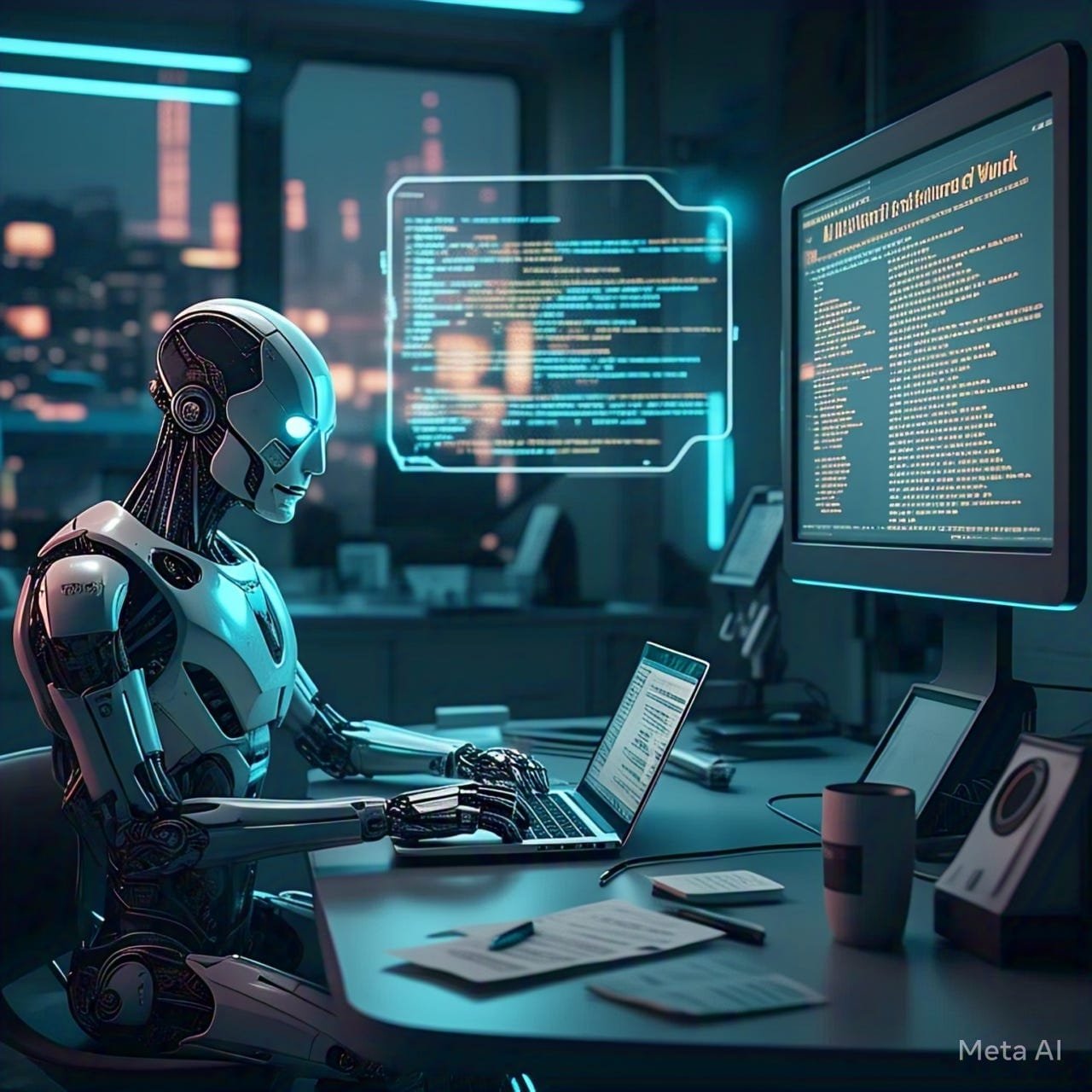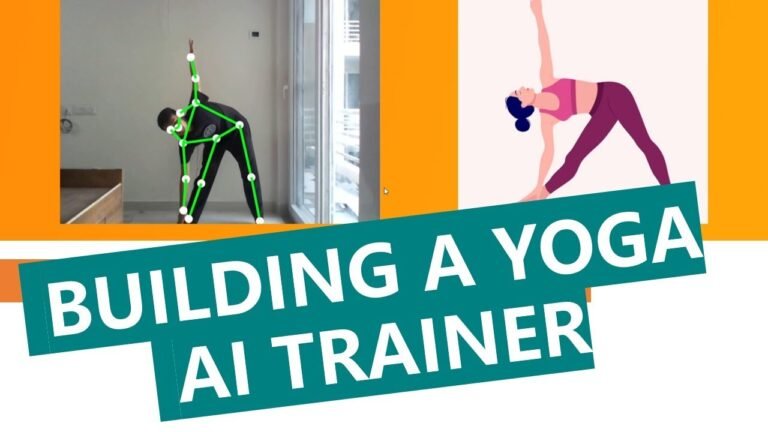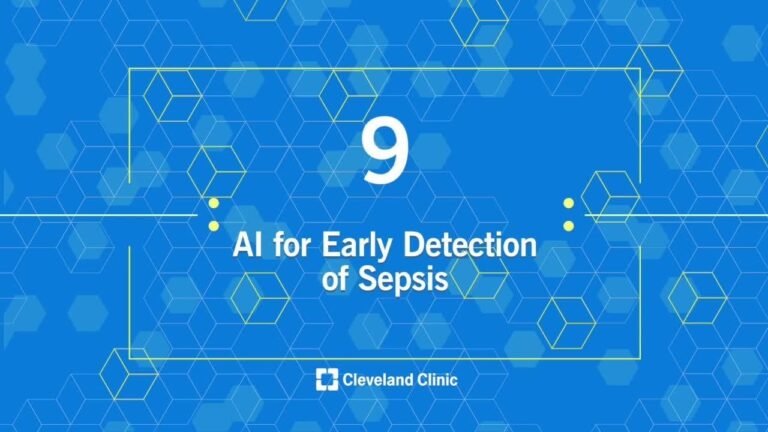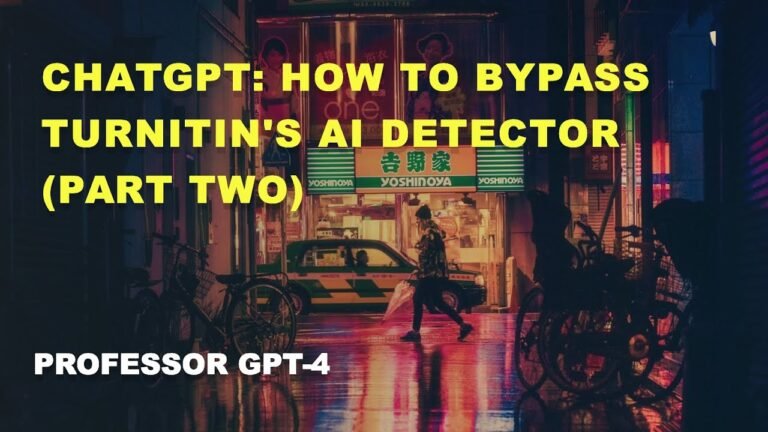Introduction
The rapid advancement of artificial intelligence (AI) technologies, notably ChatGPT and its derivatives, is transforming the landscape of the job market. As we look towards 2026 and 2027, it becomes increasingly essential to examine the influence of these innovations on various sectors. ChatGPT, with its ability to engage in natural language processing and deliver human-like responses, has emerged as a powerful tool that significantly alters workflows and productivity levels across industries.
AI technologies like ChatGPT are driving efficiencies that, while beneficial for productivity, pose a threat to traditional job roles. Automation in the form of conversational agents and chatbots is becoming commonplace, leading to the potential displacement of jobs that primarily revolve around customer service, technical support, and content generation. Specifically, sectors that rely heavily on these roles may see significant challenges as automated systems become capable of handling tasks that once required human intervention.
Moreover, the evolving capabilities of these AI systems extend beyond mere conversation and information retrieval. They can analyze vast amounts of data, create reports, and even generate creative content, thereby entering domains previously thought secure from automation. Professions in fields such as marketing, data analysis, and even writing stand to be impacted as AI-driven solutions are adopted. The implications of this transition lead to critical questions about workforce retraining, job displacement, and the future of work in a world increasingly dominated by AI technologies.
Understanding the vulnerabilities of various sectors in light of AI advancements is crucial for workers, educators, and policymakers. By identifying which jobs may be at risk in 2026 and 2027, stakeholders can better prepare for the changes ahead and strategize to mitigate the potential consequences of these technological shifts. As we delve deeper into this discussion, we will outline the sectors that appear most susceptible to job disruption due to ChatGPT and similar advancements.
Overview of ChatGPT and AI Technology
ChatGPT is a sophisticated language model developed by OpenAI, representing a significant advancement in the field of artificial intelligence (AI). As a subset of AI technology, ChatGPT utilizes deep learning techniques and vast datasets to generate human-like text based on the input it receives. The core of ChatGPT lies in its ability to understand context, allowing it to engage in conversations, provide information, and generate coherent responses across diverse topics. This capability marks a pivotal milestone in AI development, offering practical applications in customer service, content creation, and even education.
The evolution of AI technology has been rapid and transformative. Key milestones include the introduction of neural networks in the 1980s, the advent of deep learning techniques in the 2000s, and the emergence of transformer-based models, which have drastically improved the efficiency and accuracy of language processing. This progression has paved the way for sophisticated conversational agents like ChatGPT, which can emulate human interaction surprisingly well. The implications of such technologies evoke both excitement and concern, especially when considering which job sectors may be influenced or even at risk in the years 2026 and 2027.
In recent years, the integration of AI into various industries has accelerated. Companies are beginning to recognize the efficiency brought about by tools like ChatGPT, sparking discussions about the future of work. As automation and AI technologies continue to evolve, questions arise regarding the stability of certain job roles. Sectors such as customer service, content generation, and data analysis are among those anticipated to undergo significant changes. The adaptability of businesses in harnessing these AI capabilities could dictate which jobs fade away and which emerge anew in future job markets. As we approach 2026 and 2027, understanding the trajectory of technologies like ChatGPT becomes essential for both employees and employers to navigate their evolving landscapes.
Identifying Vulnerable Job Sectors
As we progress towards 2026 and 2027, it is essential to analyze sectors where employment may be significantly impacted by advancements in artificial intelligence, particularly through tools like ChatGPT. Several industries stand out as particularly vulnerable due to their reliance on tasks that can be automated or streamlined using AI technologies.
One notable sector is customer service, where AI-driven chatbots and virtual assistants are increasingly capable of handling queries, processing complaints, and providing information. The efficiency and availability of these systems mean they can often outperform human representatives, resulting in fewer job openings in this sector.
Content creation is another area likely to see significant changes. AI tools, such as ChatGPT, can produce articles, blogs, and even creative writing with minimal human intervention. While current content creators may still be valued for their unique voice and creativity, the increase in AI-generated content could limit the demand for traditional writing roles. This shift might lead to a redefinition of what constitutes valuable content in the coming years.
Data entry roles are also at risk as automation becomes more capable of managing data inputs and processing tasks that were once labor-intensive for human employees. The implementation of AI in this area not only increases efficiency but also reduces the margin for error, making it a favored option for organizations seeking to optimize their workflows.
Marketing is another sector characterized by the adoption of AI tools for tasks such as data analysis, customer segmentation, and targeted advertising. With AI’s capacity to analyze extensive datasets quickly, marketing jobs that focus on these aspects may experience a decline as businesses lean on technology for more data-driven decision-making.
Lastly, the education sector faces potential changes with the introduction of AI tutors and adaptive learning systems. While these tools can enhance learning experiences, they also raise questions about the future roles of educators in a landscape increasingly dominated by technology.
Customer Service and Support Roles
The advent of advanced AI technology, particularly in the realm of chatbots and virtual assistants like ChatGPT, is significantly reshaping customer service and support roles. As businesses look to enhance efficiency and streamline operations, the integration of AI solutions is becoming more prevalent. In 2026 and 2027, it is anticipated that many traditional customer support roles may be at considerable risk, primarily due to the capabilities of these sophisticated AI systems.
Organizations are increasingly utilizing AI to handle a range of customer inquiries, from basic questions to more complex issues that typically require human intervention. ChatGPT, along with other AI-driven tools, provides 24/7 service capabilities, faster response times, and the potential to handle a higher volume of inquiries simultaneously. This not only improves customer satisfaction but also significantly reduces operational costs associated with human labor. The shift towards these technologies implies a re-evaluation of the roles traditionally associated with customer service, leading to a decrease in demand for human representatives.
As companies adopt more AI-based customer service solutions, roles that involve routine tasks, such as data entry, query handling, and customer tracking, face the highest risks. Employees in these positions may find their jobs threatened as AI technologies like ChatGPT prove to be more efficient solutions for managing customer interactions. Furthermore, as firms prioritize speed and cost-effectiveness, there is an increasing likelihood that employers will replace human roles with automated systems.
In this evolving landscape, employees seeking to remain relevant must consider enhancing their skill sets to focus on areas where human skills complement AI technologies, such as empathetic communication, problem-solving, and relationship building. As the customer service sector transforms, understanding these dynamics will be essential for both employers and current personnel.
Content Creation and Copywriting
The landscape of content creation and copywriting is rapidly evolving, largely due to advances in AI technologies, including tools like ChatGPT. As we progress into 2026 and 2027, the implications for jobs in this sector are becoming increasingly evident. Writers and content creators have traditionally played a vital role in various fields, including blogging, journalism, and advertising. However, the introduction of AI-generated content raises concerns regarding the future demand for human writers.
ChatGPT, for instance, is capable of producing high-quality written content in a matter of moments, which can often compete with human-authored work in terms of clarity and relevance. This efficiency leads to significant cost reductions for companies that rely on written content for their marketing and communication strategies. As a result, the necessity for human content creators may decline, prompting a shift in hiring practices across the industry. In the next few years, firms might prefer to invest in AI solutions like ChatGPT rather than hiring large teams of writers.
Moreover, the ability of AI to generate personalized content, such as targeted advertisements and customer communications, poses a serious challenge to traditional copywriting roles. As businesses increasingly opt for automated solutions, professionals may find themselves needing to diversify their skills to remain competitive in the job market. This could involve focusing on areas where human intuition and creativity are irreplaceable, such as strategic concept development and comprehensive storytelling.
As we look towards 2026 and 2027, the impact of AI, particularly through tools like ChatGPT, on content creation and copywriting is poised to be profound. The adaptations that writers make in response to these advancements will ultimately determine their place in a transforming job landscape dominated by automated solutions and innovative technologies.
Data Entry and Administrative Jobs
The rise of artificial intelligence, specifically through advancements in models such as ChatGPT, is reshaping the landscape of many traditional jobs, including those in data entry and administrative sectors. With the rapid development of AI technologies, tasks that previously required human intervention, such as data processing, information retrieval, and basic administrative functions, are increasingly being automated. This trend poses a significant risk to these roles, as algorithms and machine learning can efficiently perform repetitive tasks with higher accuracy and lower operational costs.
Technological advancements have enabled tools like ChatGPT to understand and analyze data input more efficiently than humans. These AI systems can automate various processes by extracting relevant information from documents, updating databases, and generating reports, functions typically managed by data entry clerks and administrative personnel. Consequently, the job market may see a reduction in demand for these roles, particularly as businesses aim to decrease overhead and enhance productivity by utilizing AI-driven solutions.
As we project into the years 2026 and 2027, it becomes crucial for professionals in data entry and administrative jobs to adapt to this evolving workplace. While automation may eliminate certain job opportunities, there remain avenues for career development. Emphasizing skills such as critical thinking, problem-solving, and advanced technical proficiency can enhance employability and resilience against job risk associated with AI implementation. Moreover, developing competencies in managing and overseeing automated systems may provide workers with an edge in remaining relevant in an increasingly automated job market.
In conclusion, while the advancement of AI technologies like ChatGPT presents challenges for data entry and administrative roles, it also opens new possibilities for workforce adaptation and skills evolution. Workers who approach this shift with a proactive mindset can find a pathway to remain valuable contributors within their organizations.
Marketing and Sales Automation
The introduction of AI technologies, particularly tools like ChatGPT, is revolutionizing various job sectors, including marketing and sales. By 2026 and 2027, we can expect significant alterations in how lead generation, customer segmentation, and sales forecasting are conducted. Professionals in marketing and sales must understand how AI will affect their roles to effectively adapt to these changes and ensure their position remains secure.
ChatGPT, among its many capabilities, streamlines lead generation by automating interactions with potential customers. This AI can effectively engage users through chat interfaces and gather vital information, allowing businesses to target their marketing efforts more efficiently. Furthermore, this automation can handle initial queries, making it easier for the sales team to focus on closing deals rather than performing traditional outreach.
Customer segmentation is another area where AI significantly enhances capabilities. By analyzing large datasets, AI tools can identify patterns and segment customers based on preferences and behaviors. This not only fine-tunes marketing strategies but also ensures that personalized marketing messages reach the right audience. As a result, marketing professionals must embrace data analytics and AI-driven tools to remain competitive in the market.
Sales forecasting, an essential component of any successful sales strategy, is increasingly being transformed by AI. Through predictive analytics, tools like ChatGPT can assess historical data and market trends to create more accurate sales forecasts. This capability allows sales teams to adjust their strategies and inventory management effectively, thereby increasing efficiency and reducing costs.
While many roles within marketing and sales may be at risk due to automation, professionals can cultivate complementary skills in data analysis, AI management, and strategic planning. By adapting to this changing landscape, marketing and sales professionals can ensure they remain valuable assets to their organizations in the forthcoming years.
Education and Training Sector
The education and training sector is undergoing significant transformation due to advancements in artificial intelligence technologies, particularly with tools like ChatGPT. These innovations enable the development of intelligent tutoring systems that provide personalized learning experiences to students. By analyzing individual learning patterns and challenges, such systems can offer customized feedback and recommendations, thus enhancing educational outcomes. As these AI tools become more prevalent, their role in automating certain aspects of teaching and assessment is becoming clearer.
Automated grading systems, powered by AI, are increasingly being implemented in educational institutions. These systems can evaluate assignments and exams, providing quick feedback to students while relieving educators of repetitive grading tasks. As a result, the traditional role of teachers may see a shift, with some positions potentially being replaced by advanced technologies like ChatGPT and similar AI systems. This could lead to a reduction in demand for certain teaching roles, particularly in subjects or areas where standardized assessments are prominent.
In light of these changes, there is a pressing need for educators to adapt their skills and embrace new teaching methodologies. Professionals in the education sector must learn to integrate AI tools in their curricula and develop competencies to teach alongside these technologies effectively. This adaptation will not only ensure job security in the face of potential role redundancies but also enhance the educational experience for students. As we look toward 2026 and 2027, embracing AI becomes pivotal for educators striving to remain relevant in a rapidly evolving job market driven by technological advancements.
Advice for Workers in At-Risk Sectors
As technological advancements, particularly in AI, continue to reshape the labor market, it is crucial for workers in at-risk sectors to proactively adapt. The rise of ChatGPT and similar technologies symbolizes a shift in how jobs are performed, particularly by automating routine tasks previously carried out by humans. To remain relevant in a workforce potentially transformed by AI by 2026 and 2027, workers should consider several strategies to fortify their employment prospects.
Firstly, upskilling and reskilling should be paramount. Workers should take advantage of training programs, online courses, and workshops aimed at enhancing both technical and soft skills. Understanding how to work alongside AI tools like ChatGPT can make individuals indispensable in their roles, enabling them to complement technological capabilities rather than compete with them. For instance, learning data analysis, coding, or project management can significantly open up new job opportunities in a tech-enhanced workplace.
Moreover, embracing AI as a collaborative tool can shift the perception of technology from a threat to an ally. Workers should seek ways to integrate tools such as ChatGPT into their daily tasks to enhance productivity. This may involve automating mundane aspects of their jobs, thereby allowing them to focus on more complex, creative, and strategic responsibilities that require human insight and judgment.
Finally, it is essential to explore emerging job markets that value human creativity and critical thinking. As AI declines in certain repetitive roles, it simultaneously creates demand for new job opportunities in artificial intelligence development, ethical consideration of AI applications, and human-AI interaction. Workers should remain open to career pivots and consider roles in these growing sectors, recognizing that adaptation is key to thriving in the future job landscape.








